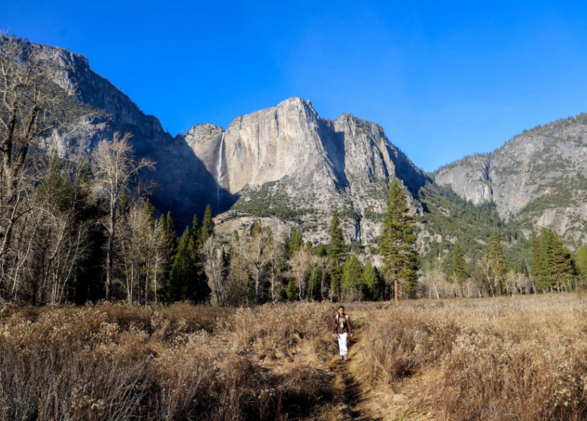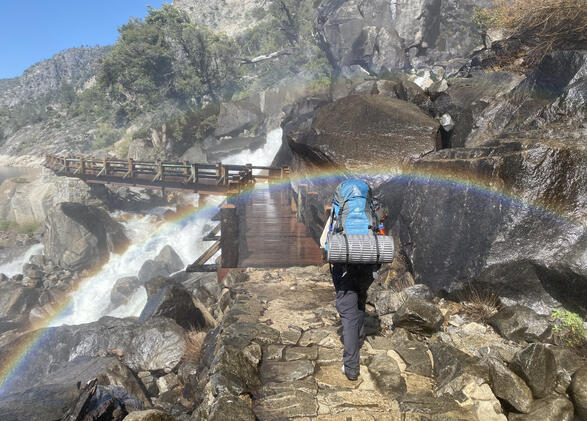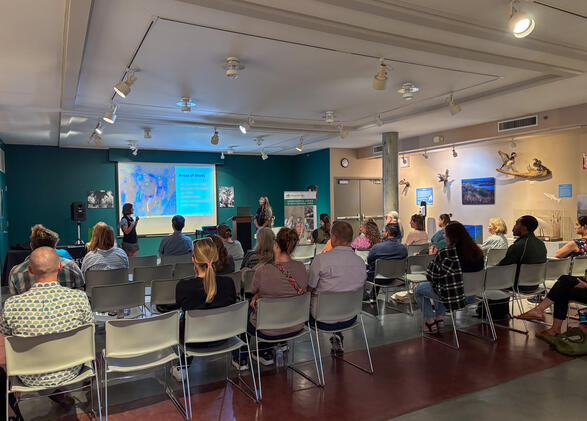Yosemite
WildLink August 2025: Fresno Building Healthy Communities First Trip
Fresno’s Building Healthy Communities non-profit brings together high school aged youth from all over Fresno to empower them to become change agents within their schools and communities. In 2025 these agents of change were invited to come to Yosemite for a six day expedition where they got to know their local national park.

Experiencing Yosemite “Alone”: The Solo Walk
When NatureBridge students arrive in Yosemite National Park with their peers, the excitement is instant—shared discoveries, group hikes, laughter echoing between granite walls. But one of the most powerful ways to connect with a place is by stepping away from the group and taking a moment alone. Yosemite belongs to everyone, and in solitude, it can feel like it belongs just to you.

The Long Ripple: How One Week in Yosemite Shaped a Lifetime of Leadership
For Andree Blanchier, the memories of Yosemite aren't just mental snapshots of granite peaks and waterfalls; they are the foundational layers of a life dedicated to education and making an impact in her community. Now the Executive Director of the Shasta College Foundation, Andree looks back at her time as a McConnell Scholar in the late 1980’s at NatureBridge (then Yosemite Institute) as the moment the world grew larger than her high school hallways.

Welcoming Our Newest Board Leaders to the NatureBridge Community
Over the past year, NatureBridge has been thrilled to welcome a group of dynamic new leaders to our National Board of Directors and Regional Boards. These all-volunteer roles are vital to the mission and governance of our organization, and they are filled by people who are inspired by outdoor education. Board members offer invaluable guidance and support across our campuses, helping us expand access to transformative environmental science experiences for young people across the country.

WildLink April 2025: Porterville High School
The 2025 season kicked off on a late April afternoon welcoming Porterville High School for another year with WildLink. That morning, eleven eager students came together at their school ready for a week of adventure, challenge, fun, and connection.

East Bay Teacher Night: An Inspiring Evening of Outdoor Exploration Opportunities
Our East Bay Teacher Night, hosted by NatureBridge and our friends at Lindsay Wildlife Experience in Walnut Creek, was a wonderful opportunity to connect with passionate educators and share the transformative power of outdoor education. We were thrilled to welcome teachers and community members from the East Bay who joined us to learn how a NatureBridge program in Yosemite National Park and the Golden Gate National Recreation Area can spark curiosity, inspire critical thinking, and foster a deep connection to the natural world.